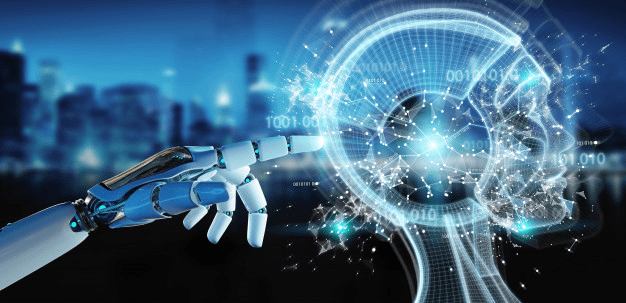Understanding Forecasting Strategies in AI Realm
Understanding Forecasting Strategies in AI Realm
Through the introduction of machine learning, data analytics and advanced artificial intelligence, the CRM space is being completely altered accordingly. As now there is an opportunity to create full-scale systems of intelligence, traditionally the world of CRM has been focused on data storage and minimal engagement. Business firms and organizations can take advantage of their data and gain valuable insights leading too clear, actionable forecasts.
The two extremely robust methods that businesses can utilize: top down and bottom-up. Following approaches can be used personally or combined. The answer and questions for both about the future needs distinct types of data and help answer different types of questions.
Across multiple functionalities, fraud detection and high-class customer relationship management, companies or industries implementing AI applications will be diversifying as they will be powered with the ability to analyse information accordingly. This will result in helping a competitive advantage. In a more human-like fashion, Artificial Intelligence helps in sorting out problems to complex business problems. In a computer friendly manner, this reflects adopting features and specifications from human intelligence and applying them as algorithms.
Following are the given two forecasting methodologies and how to use them:
Top-Down vs. Bottom-Up
A top-down approach takes historical information to predict further into the future. We can say in other words that it leverages aggregate-level information to make top-level market forecasts. Life is uncertain and it is not helpful in predicting what will happen tomorrow, but it ca be helpful for anticipating customer demand, using resources or being proactive about potential future problems.
On specific instances, the bottom-up method is more targeted. As every individual event is predicted and then combined, it is sometimes referred to as a “rollup” forecast. Along the way, companies track their opportunities and collect tons of information. For every dataset, this data can be leveraged to estimate predictions of winning deals and converting leads through a CRM. This might sort out in sales reps at the ground level to identify key factors and highlight actions that may help convert a deal. For larger groups and or even the whole company, more power comes when these insights are rolled-up to generate forecasts.
Through the lens of sports, consider the differences in the two approaches. While a bottom-up forecast can predict every individual game, a top-down approach can predict how likely a sports team is to make the playoffs.
Implementing the Top-Down Approach
There are famous machine learning models such like neural networks do not work for top-down forecasting. Although there are various traditional statistical methods can outperform high-tech algorithms. The reason behind is most machine learning do not take into account autocorrelation, a phenomenon that depicts observations made at close points in time are more closely related to those made at more different points in time. Let’s take an example: data from sales for the last year will better guide sales of future rather than the data from two years ago. However, when building a forecasting model you must take into account autocorrelation.

Unluckily, the extreme numbers of statistical tools operate under the assumption that observations in time are independent. However, the outcomes say a standard model on data with a time-based correlation can generate misleading results. Although, there are tools that can handle this type of information, let’s take an example include exponential smoothing models, moving average models and smoothing splines.
Implementing the Bottom-Up Approach
For each record in the dataset, it starts with logistic regression models on historical data that estimates the success probability when applying a bottom-up forecast. In the information, for estimation the expected value for every record, combine the predicted propensity of success with size of every deal, lead and opportunity. More to this, the entire records can be aggregated in a combination of meaningful ways (i.e. through team, region etc).
What are its Benefits?
Not only you can initiate forecasts, but you can also mark fey factors that will help improve the forecasted results. You may invent that a seven per cent discount in a specific region for a particular product increases the probability of a close much more than a six per cent discount by the forecasting work. Such simple insights like this can have a massive impact on the win rates for sales reps. Business organizations and firms are able to invest time into increasing the likelihood lower-probability deals to convert through learning these factors while still making clear forecasts around each deal’s expected value.
As we move into the next decade, the roll out of external part of recognition technology is not probably to escalate. The investments by Government and Corporations are investing in large numbers stating who we are and analyzing our daily activities and human behaviour.
For powering their forecasting models, companies and firms need to turn to well-developed statistical tools. It even does help businesses become data-centric and therefore make smarter choices about the future while forecasting doesn’t sort out all problems.

